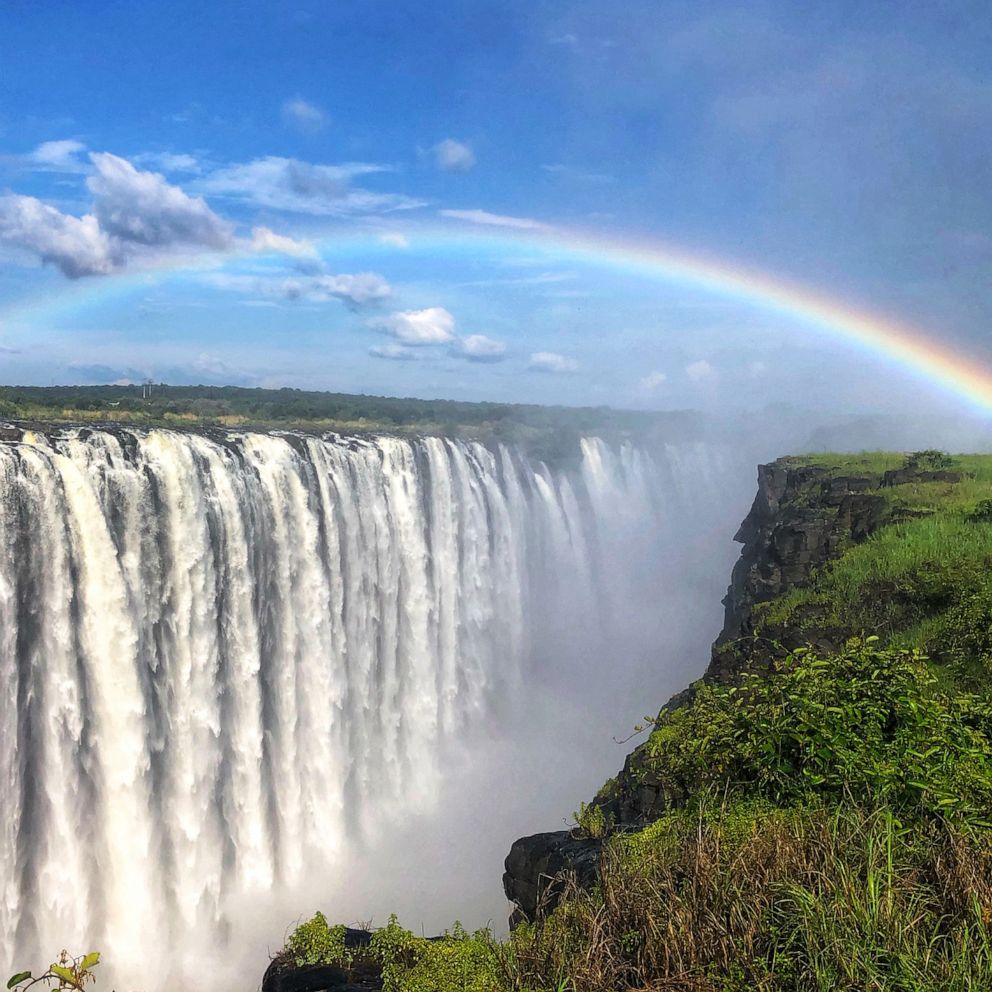Extraordinary Earth: How Nicaragua's Masaya Volcano helps cool the planet
Nicaragua's Masaya Volcano is one of the world’s most active volcanoes
In the countdown to the 50th anniversary of Earth Day, “Good Morning America” and our partner National Geographic present “Extraordinary Earth: 20 in 2020.” We will visit 20 amazing places around the globe to learn about our evolving planet. This week, ABC News' Will Reeve reports live for "GMA" from the Masaya Volcano in Nicaragua to see how one of the world’s most active volcanoes helps our planet.
Nicaragua's Masaya Volcano is one of the world’s most active volcanoes.
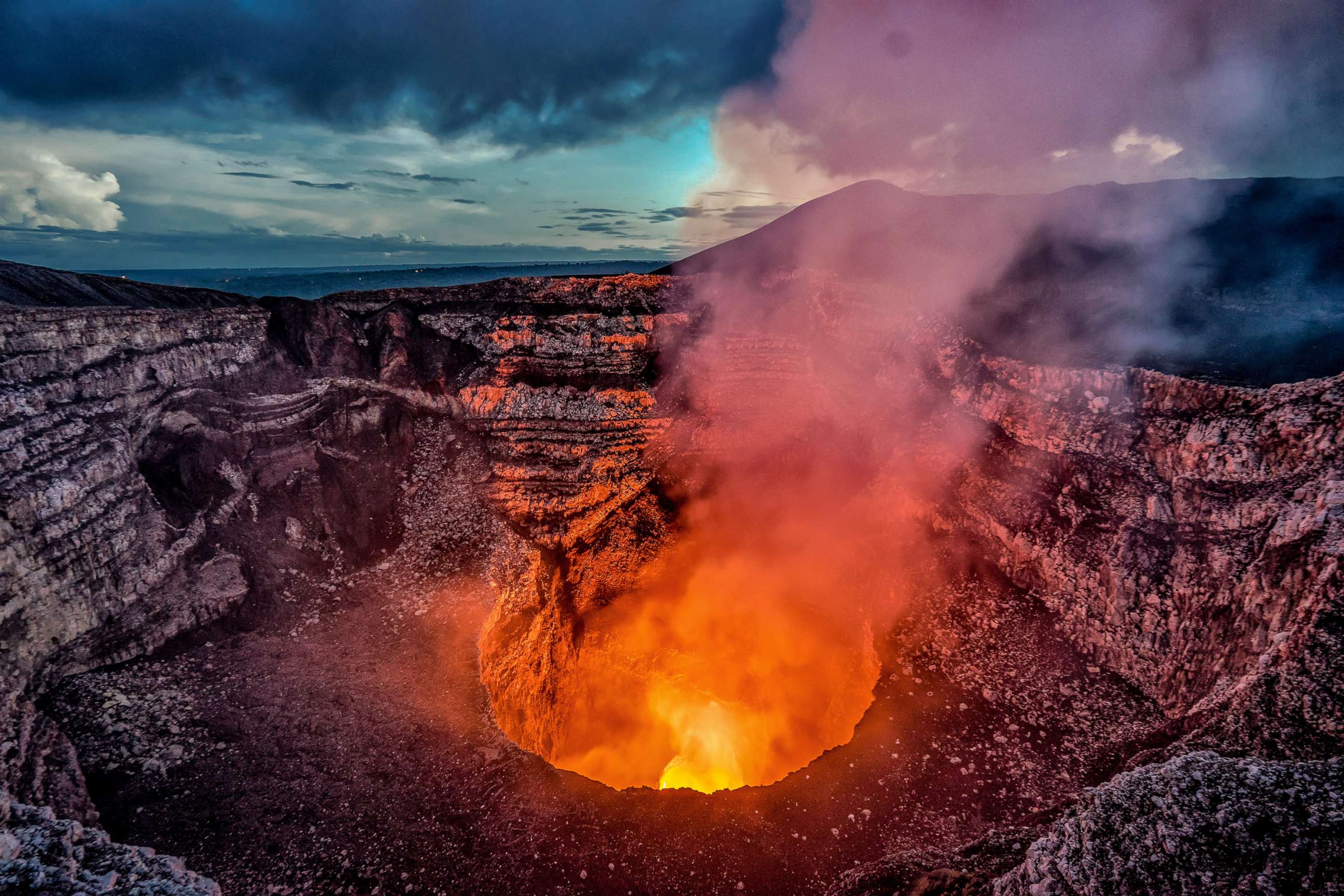
In thirty years, it’s erupted 13 times.
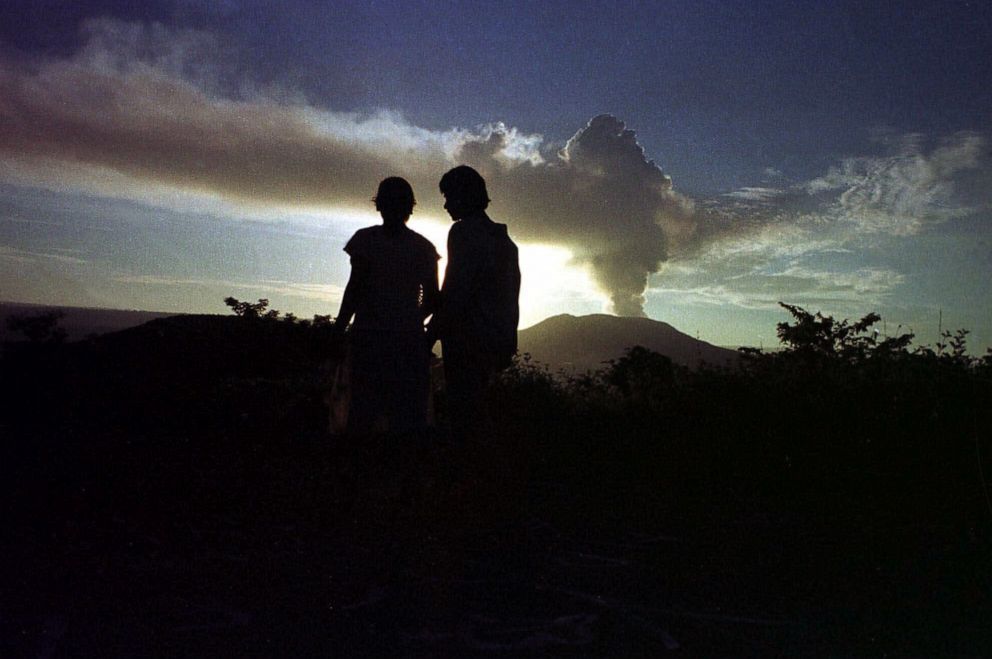
And just five years ago, an extraordinary lava lake was formed with the fastest churning lava on record.
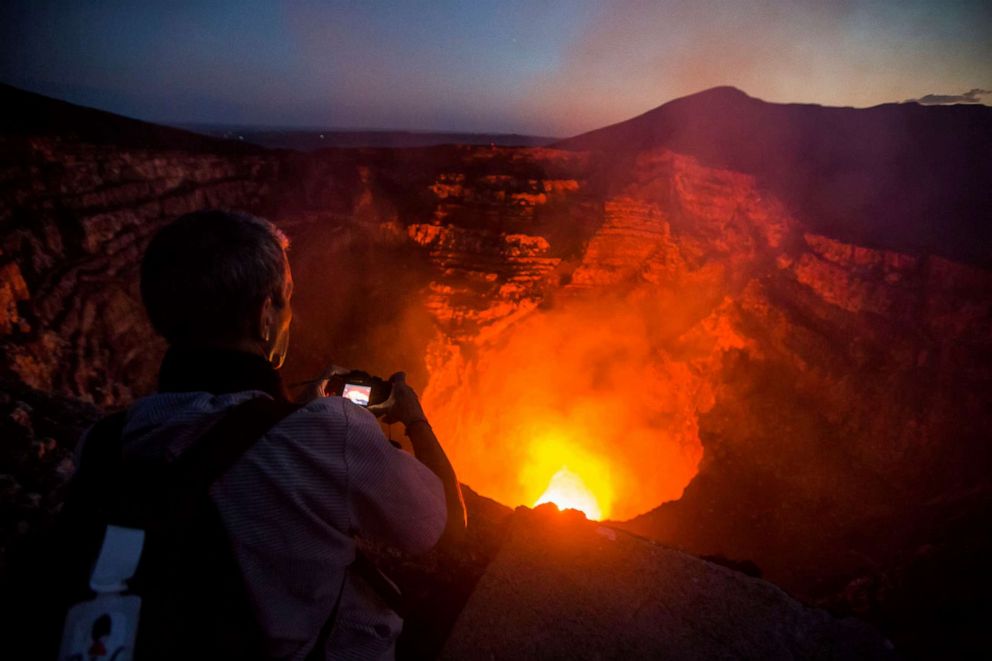
“It sort of volcanoes within a volcano,” said National Geographic Geology Expert Maya Wei-Haas. “It’s about four miles by seven miles across. And so Masaya actually it’s one of the few volcanoes in the world that hosts a lava lake, which is essentially a roiling pit of molten rock.”
But along with its wonders and beauty, the temperamental volcano, which is dubbed the “mouth of hell” can also be quite terrifying.
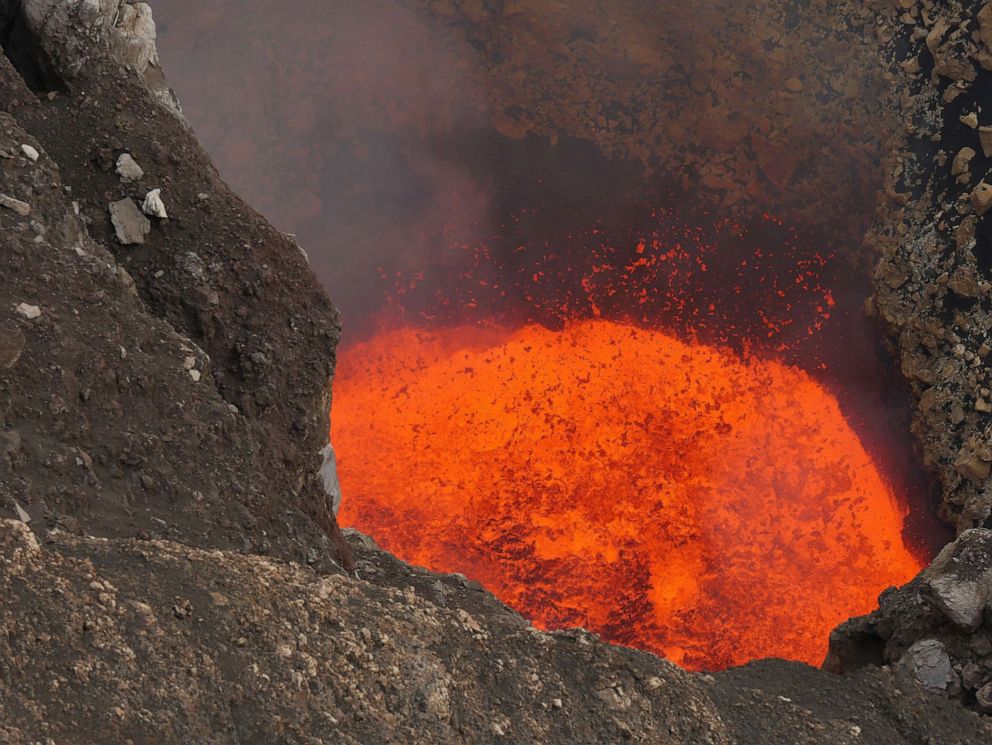
Satellite imaging from Penn State University found that Masaya has a reservoir of magma almost two miles from the crater, which means that it could erupt without any warning. In 2016, scientists installed Wifi throughout the volcano to monitor any signs of eruption in real time.
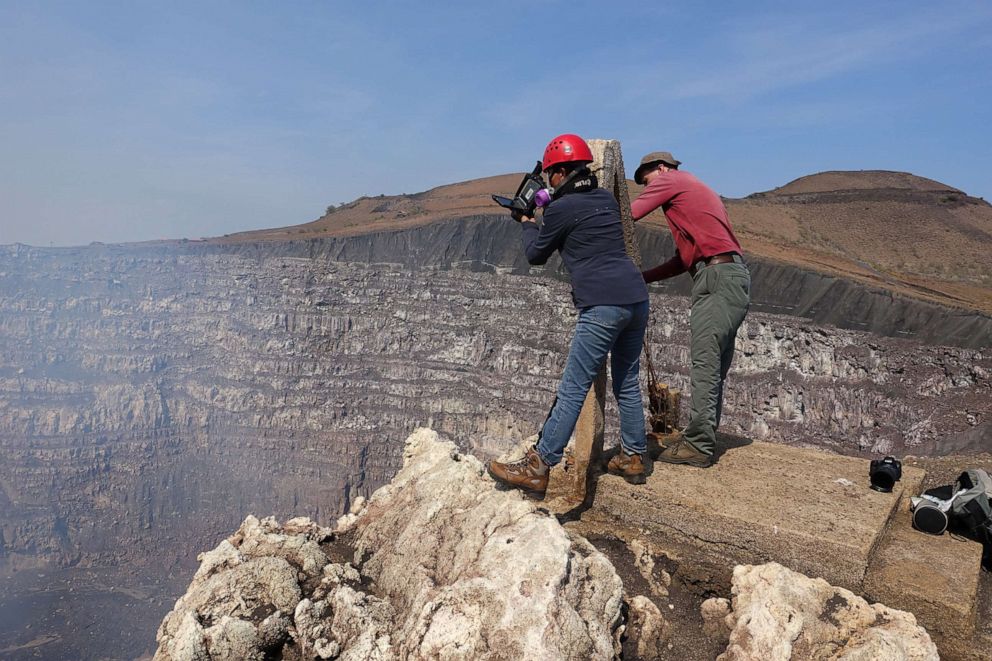
Some experts believe the destructive force of an eruption could stretch almost 19 miles, reaching as far as Nicaragua’s capital and putting millions of lives at risk.
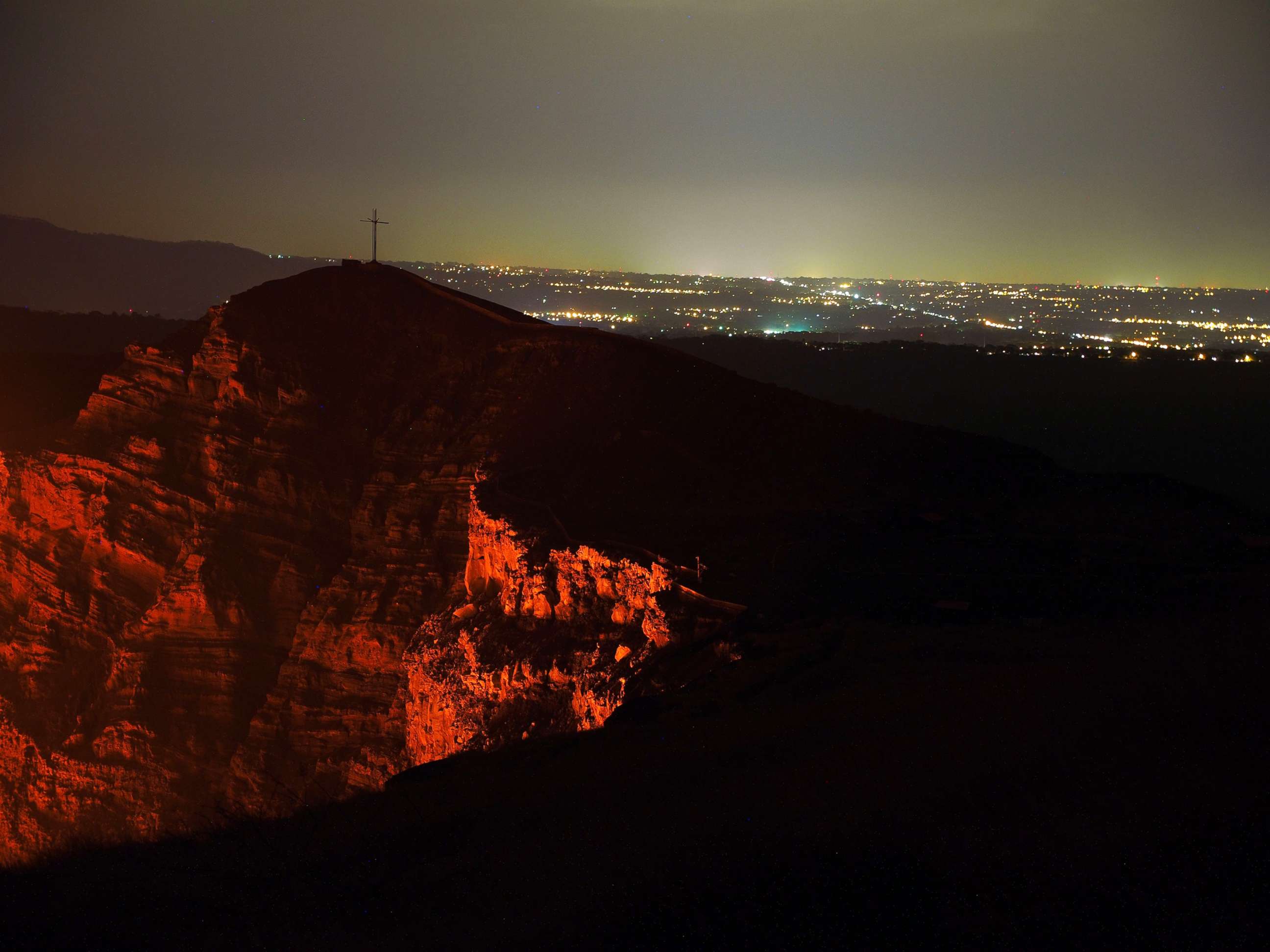
So monitoring for early warning signs is a high stakes effort. And Jeffrey B. Johnson, a volcanologist and a National Geographic explorer, has pioneered technology that lets experts "listen" to lava.
"Volcanoes like to speak in sounds low frequency sounds that humans can't perceive, called infrasound," said Johnson. "So we develop the sensors that we can deploy to listen to the volcano talk to us."
The Masaya volcano emits over 330,000 tons of carbon dioxide each year. In fact, each year the nearly 1,500 volcanoes around the world put 130 to 140 million tons CO2 into our atmosphere.
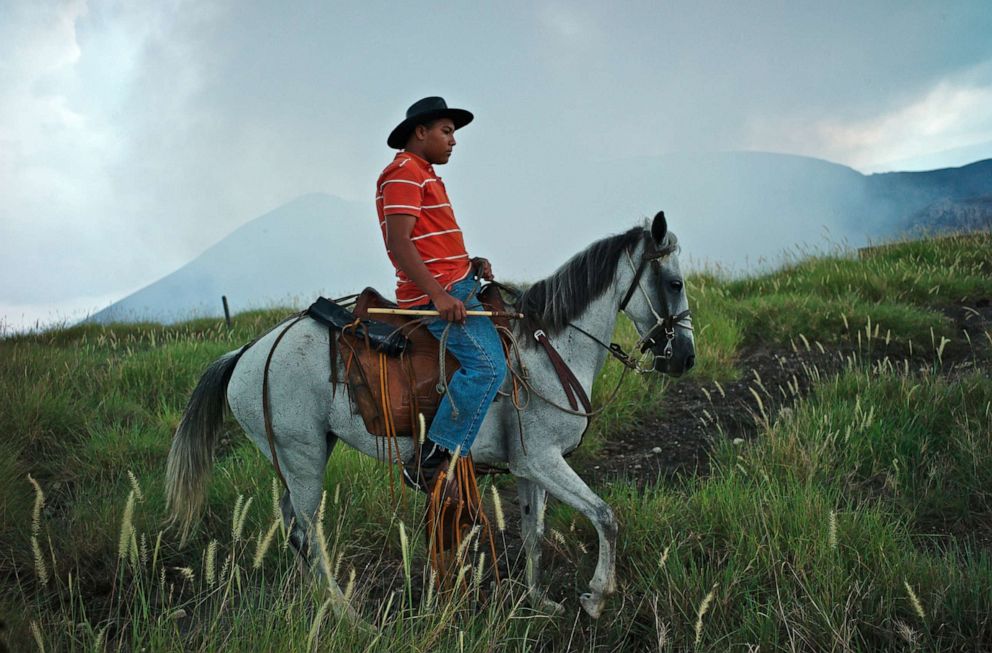
The emissions, along with the dangerous and unpredictable nature of the volcano, have fed into a long-running myth that volcanoes release more damaging carbon dioxide than humans. But according to the Deep Carbon Observatory Program that’s not true.
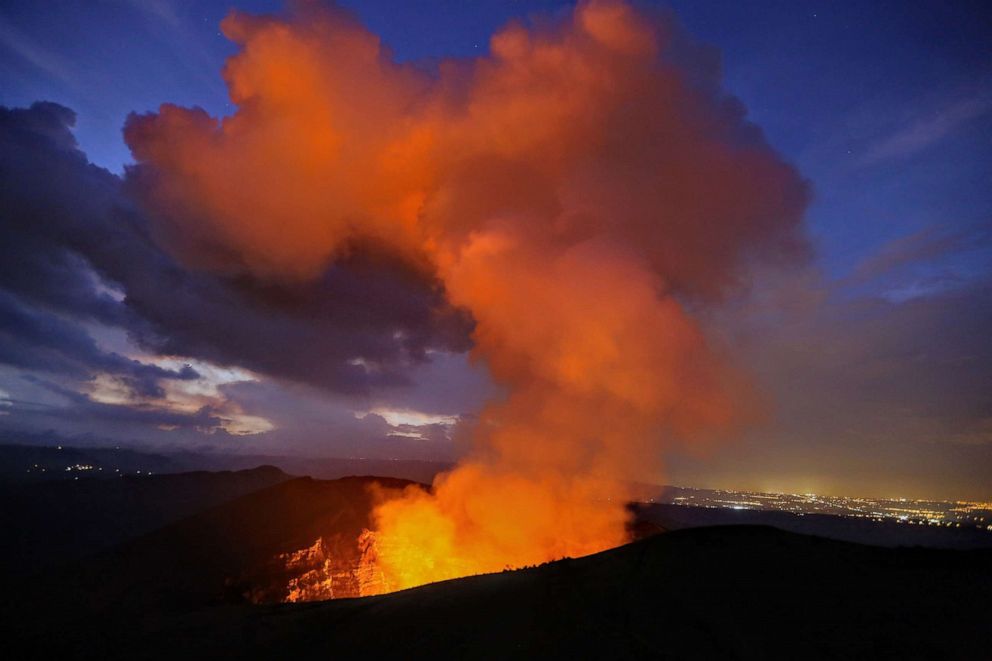
Their report found over the past 100 years that human carbon emissions have been forty to 100 times greater than emissions from volcanoes.
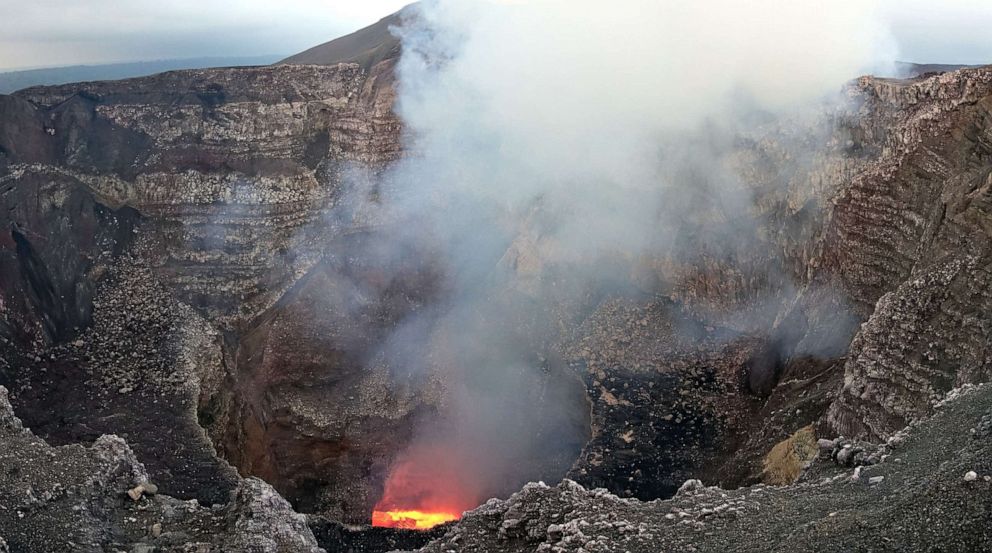
“It’s a common misconception that volcanoes somehow drive our current changes in climate,” said Haas. “It’s true that volcanoes do passively release carbon dioxide over time. And they’ve been doing this since our planet’s infancy. But they’re a natural part of the carbon cycle.”
Surprisingly, in terms of climate impact, volcanic eruptions actually have a temporary cooling effect on the planet by releasing a cloud of ash and dust into the stratosphere that reflects the sun back into space.

The same thing happened at Mt. Pinatubo in the Philippines after it erupted in 1991. Sulfuric Dioxide got into the atmosphere and spread further out around the world and caused a few degrees of cooling over a couple of years.
That's one of the many remarkable qualities of volcanoes that makes Masaya such a dazzling and captivating part of our extraordinary Earth.

“I think there’s a certain thing about volcanoes and volcanic lakes in particular that just kind of capture the imagination,” said Haas. “These are pretty spectacular systems to take in.”
MORE: How climate change affects coffee bean production in Nicaragua
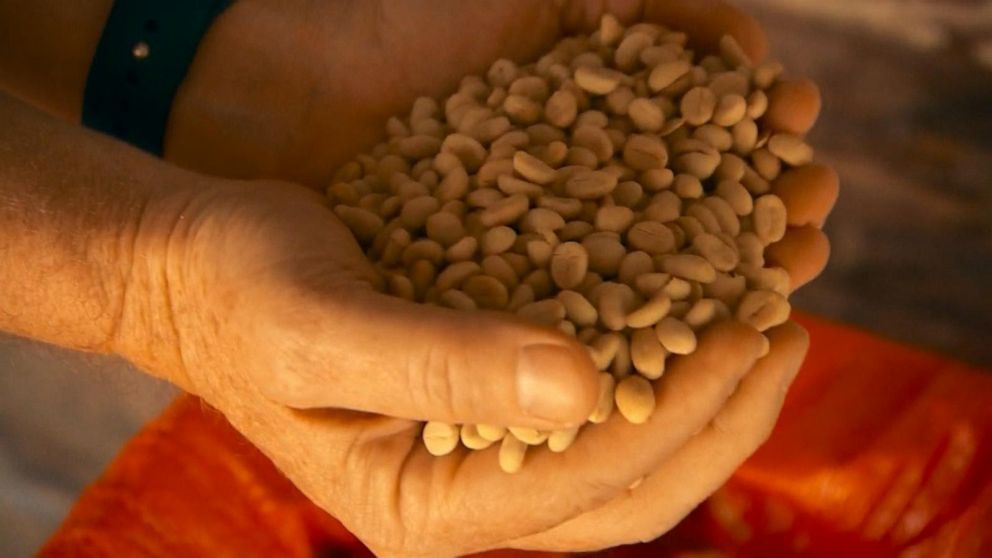
MORE: The technology that helps keep sea turtles thriving in Nicaragua


